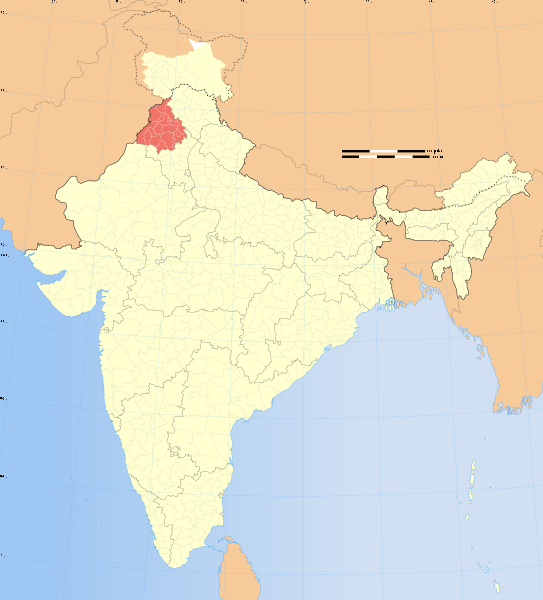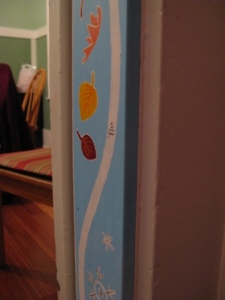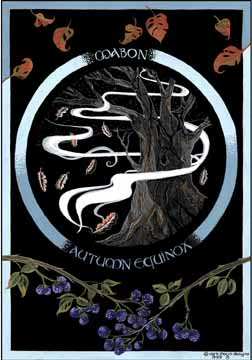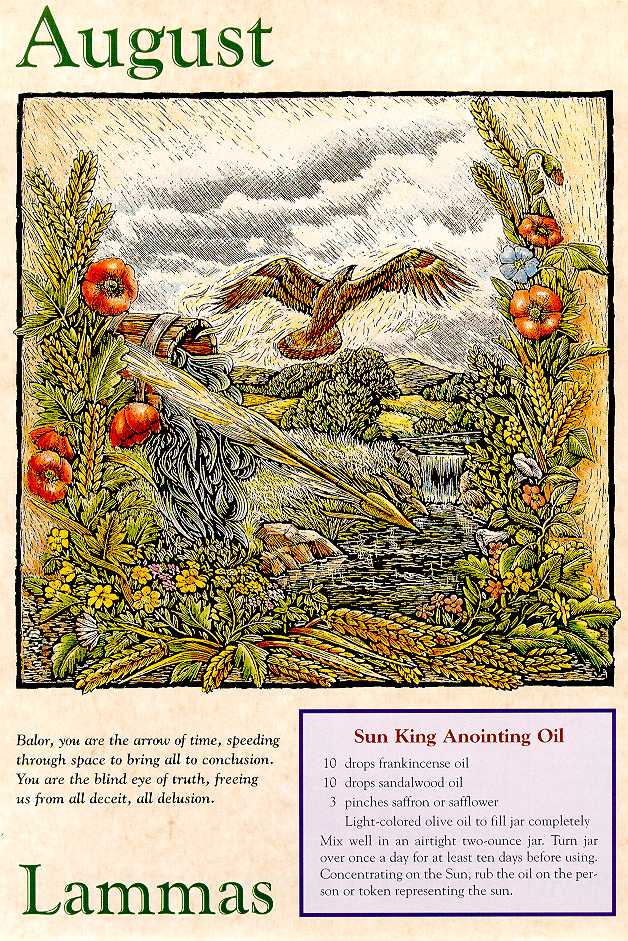Second Monday of October.

Newfoundland and Nova Scotia each lay claim to Thanksgiving celebrations even older than the Pilgrims of Massachusetts.
English navigator Martin Frobisher enjoyed a Thanksgiving meal on Baffin Island in 1578, and Samuel de Champlain established an “Order of Good Cheer” in 1606, after most of his men died out the previous winter from scurvy and malnutrition.
But according to Robert Ruby, author of An Unknown Shore: The Lost History of England’s Arctic Colony, neither event can be linked to the modern celebration of Thanksgiving.
Thanksgiving in the Americas traces its history back to good old England, where Thanksgiving Days were declared not just for agricultural bounty, but for military victories as well. King Henry V held a Thanksgiving after a victory against France in 1415. Queen Elizabeth declared Thanksgiving in November 1588, upon hearing of the destruction of the Spanish Armada near Scotland.
The first annual English Thanksgiving was declared on November 5, 1605 (now Guy Fawkes Day) which celebrated the foiling of the infamous terrorist’s plot to destroy London.
English Puritans meanwhile refused to observe the many Saints Days celebrated in England, which they believed were contaminated by Europe’s pagan past. Rather, Puritans only recognized holy days observed by Jesus, such as the Feast of the Tabernacles in autumn. And they carried this harvest tradition across the Atlantic.
After the Seven-Years War, residents of Halifax declared a Thanksgiving for their victory. This, combined with the influx of Loyalists from the lower 13 colonies during the American Revolution, solidified Thanksgiving’s status as an annual holiday, though the date changed several times.
Thanksgiving was declared a Canadian national holiday in 1879. After WWI, Armistice Day and Thanksgiving merged to form one holiday. The two became independent holidays in 1931.











 Okay, not what I had in mind.
Okay, not what I had in mind.


